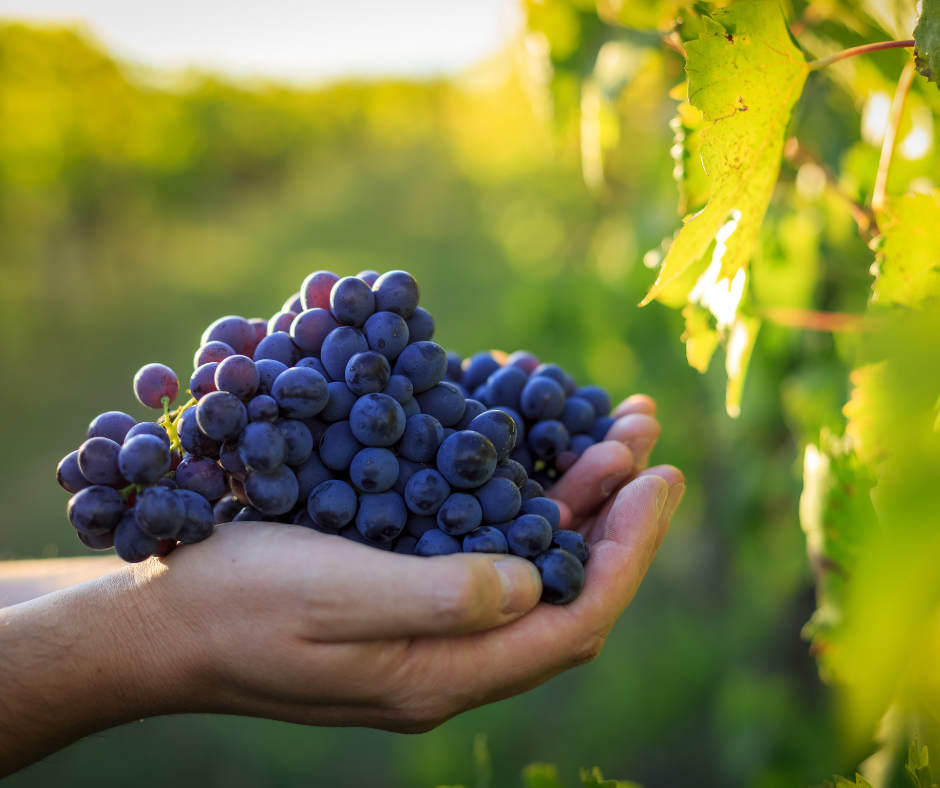Albania is not only renowned for its stunning coastline and historical monuments, but is also increasingly putting itself on the map for wine lovers. The country’s rich wine history dates back to antiquity, and modern technology is now playing an increasingly important role in winemaking, alongside traditional viticultural methods. If you love excellent wines and unique flavours, Albania’s wines are guaranteed to surprise you!

One of Europe’s oldest grape-growing nations, the Albanians have been found in the country, with vine remains dating back 4,000-6,000 years. Ancient Roman poets such as Virgil refer to the Illyrians (the ancestors of the Albanians) as having cultivated a wide variety of grapes, which they then introduced into what is now Italy. However, the production and consumption of wine has been relegated to the background several times in history. Turkish rule discouraged the consumption of alcoholic beverages. And under communism, only ‘white’ and ‘red’ wine was produced in the state territories (which covered the whole country), and small family wineries were not allowed to produce wine. In the early 1990s, 18,000 to 20,000 hectares were under vine in Albania, with some 40,000 tonnes of grapes grown on state plantations, of which 30,000 tonnes were consumed. Today in Albania, vines are cultivated on 10,500 hectares, 17.2 million vines, 204,000 tonnes of grapes produce 12,545 hectolitres of wine.

The wine culture is in the process of revival. The country has an excellent climate and soil conditions for growing grapes. A new generation of viticulture has begun again on ancestral family plots, and new technologies in both storage and ageing are making Albanian wines increasingly competitive. Several wineries (around 30) have opened their doors to tourists, but there are now around 250 wineries in Albania.

The country can be divided into four zones for viticulture:
- the coastal area up to 300 m altitude: Tirana, Durrës, Shkodra, Lezhë, Lushnja, Fier, Vlora, Delvinë
- hilly areas between 300 and 600 m: Elbasan, Krujë, Gramsh, Berat, Përmet, Librazhd, Mirditë
- Areas below 600-900 m: Pogradec, Korcë, Leskovik, Peshkopi
- The mountain areas: between 800-1000 m
The best known indigenous Albanian grape varieties are ‘shesh i bardhë’ (white shesh) and ‘shesh i zi’ (red shesh). The vine is named after the village of Shesh, which is located about 15 km from Tirana. The word “shesh” means “square” in Hungarian, so this grape variety, which accounts for 35% of Albanian wines, comes from the village of Tér.) The climate is Mediterranean, the vines are caressed by the pleasant breeze of the Adriatic Sea and the soil is rich in minerals. The white shesh wines range from 9.5 to 13.5 % alcohol, with an acidity of 4.8 to 7.8 g/l.

Albanian wine experience – Why should you taste it?
Albania’s wines are not only unique in taste, but also in their rich cultural and historical heritage. With a glass of Albanian wine you can discover this unique world, whether it’s a cosy evening by the sea or a traditional Albanian dinner.

If you love wine and are open to new tastes, Albania’s wines are guaranteed to surprise you! Cheers – or as the Albanians would say, Gëzuar!


